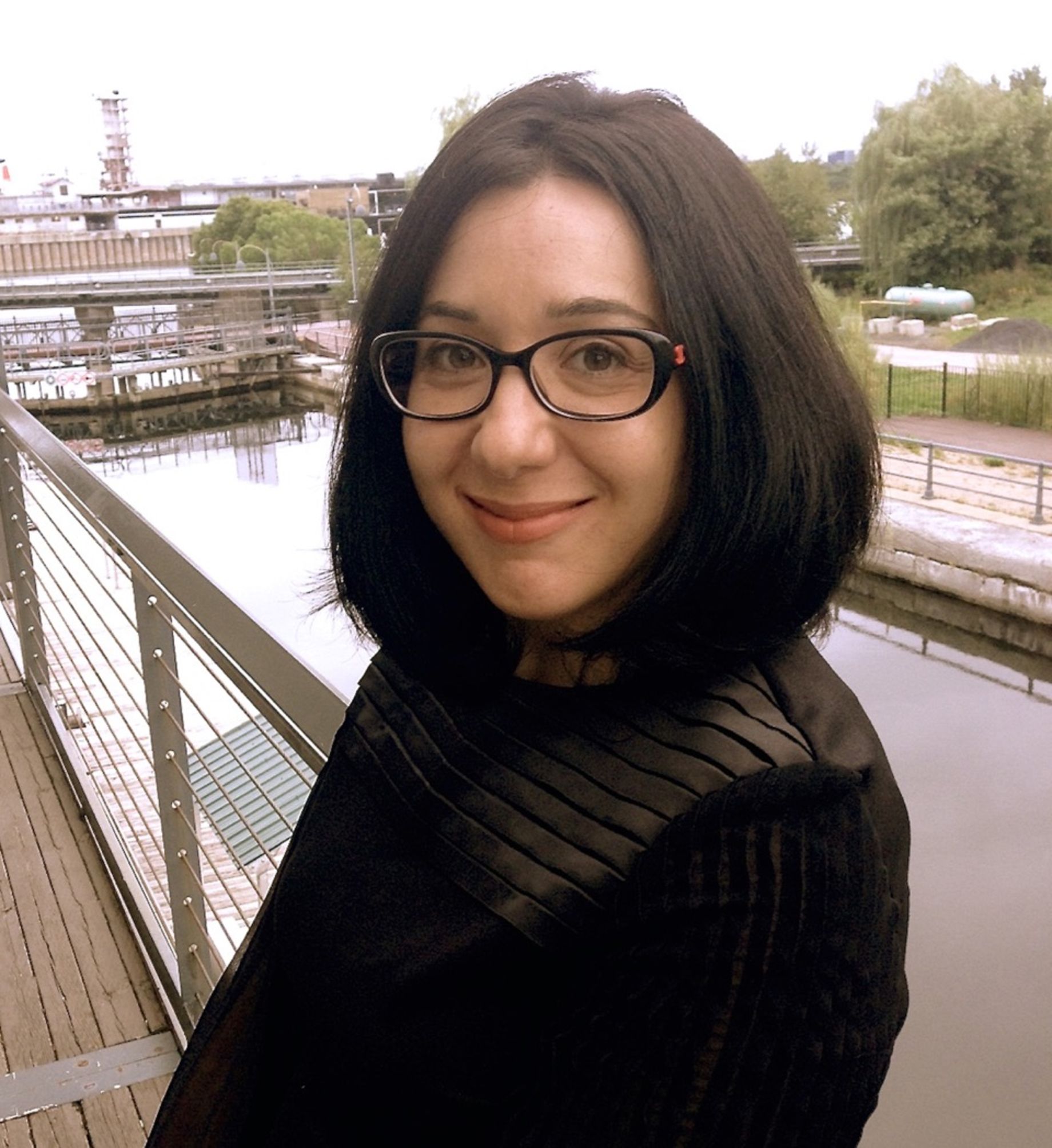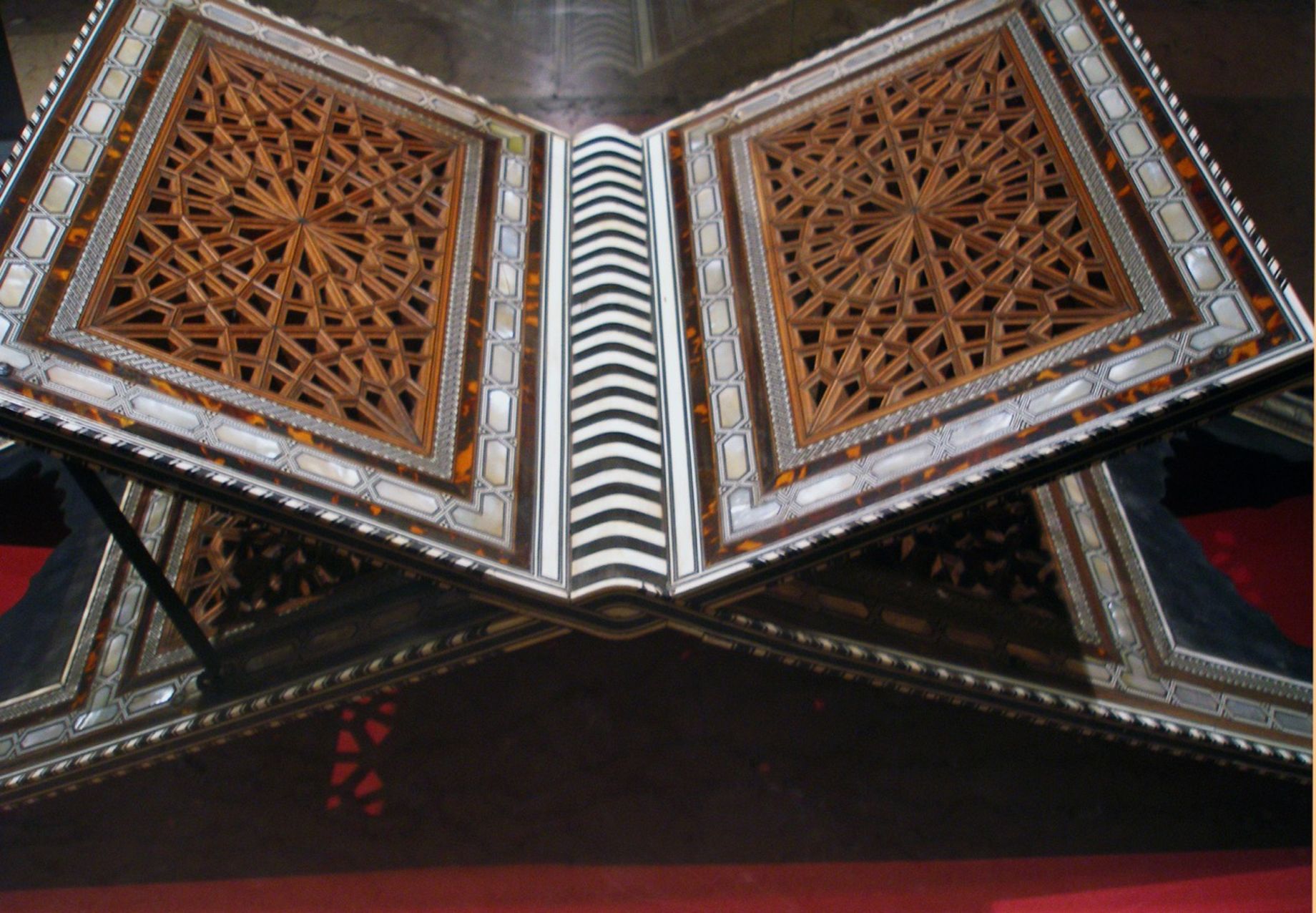Artifacts as Sources of Wisdom and Wonder: Intersections between Ottoman Books on Architecture and European Travel Narratives in the Seventeenth Century
As an Art Histories and Aesthetic Practices Fellow, Kale will refine some of the findings of her doctoral work and complete her book manuscript. Based on intersecting transcultural experiences conveyed in Ottoman writings on architecture and European travel narratives, and comparative scientific and philosophical discourses on the sources and means of knowledge, her project will explore the public display and cross-cultural reception of artworks in the early modern Istanbul. She will examine how Ottoman narratives on artworks overlapped with the depiction of Ottoman objects in European sources due to shared experiences of public spaces and mutual interests in ancient as well as contemporary artifacts following their mediating roles in the production of knowledge in the early modern Ottoman World and Europe. The inherent link between new public spheres, artistic experiences, and philosophical discourses in the Ottoman world, interwoven with the seventeenth-century European scientific and cultural interests in the East allowed for transcultural encounters. She aims to offer a new perspective in regard to how and why the reciprocal appreciation of artworks, which was intertwined with the creation of new public spaces, engendered the cross-cultural spaces of motion, interaction, and transformation and were eventually translated into writing.



